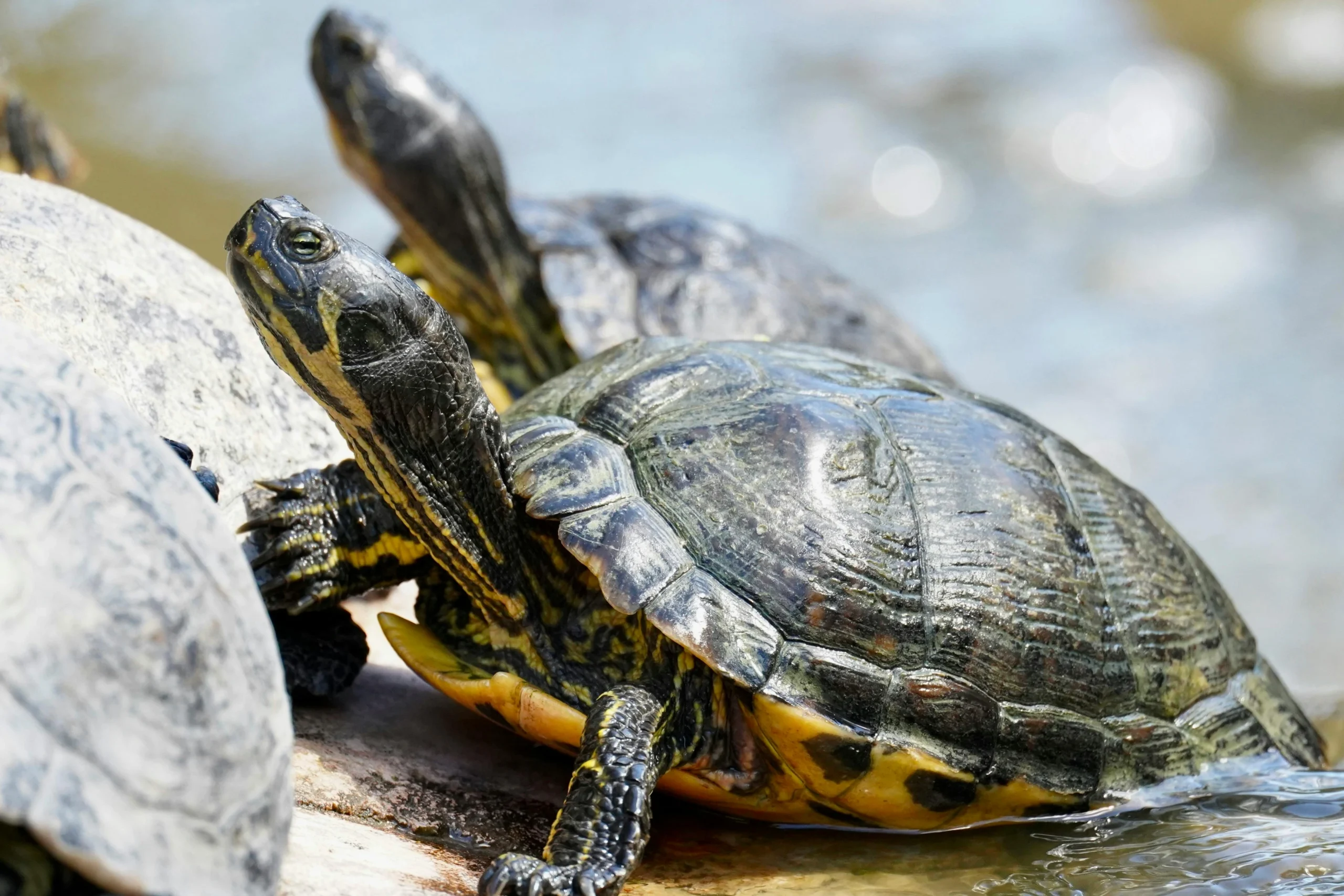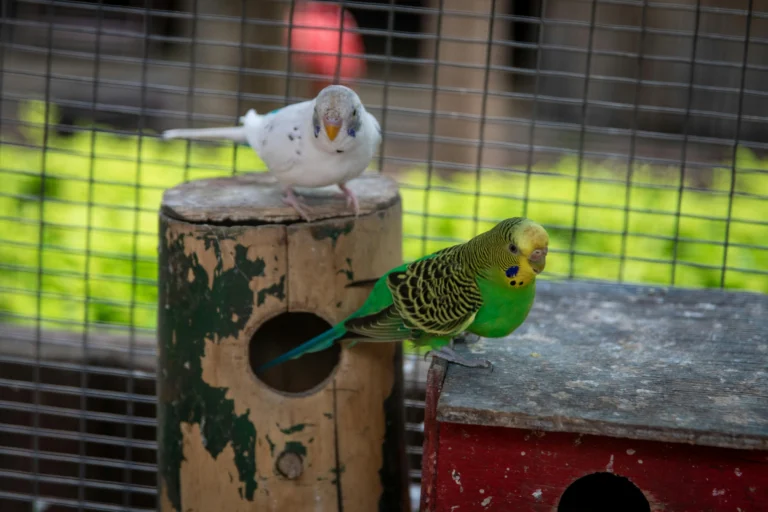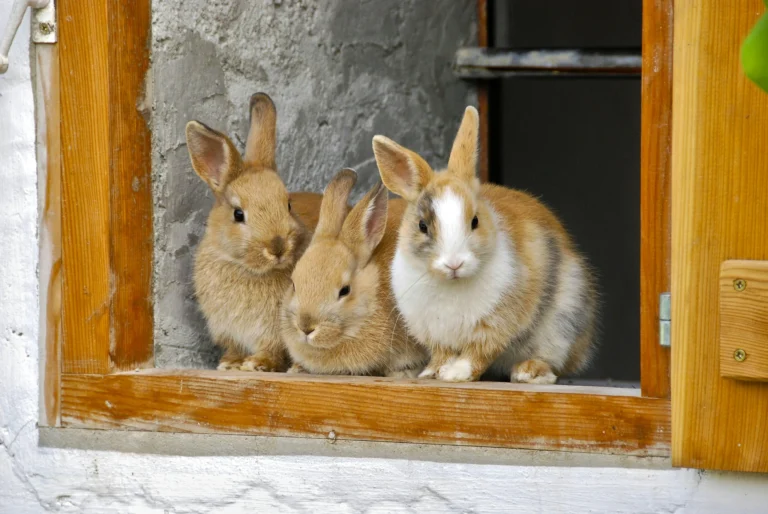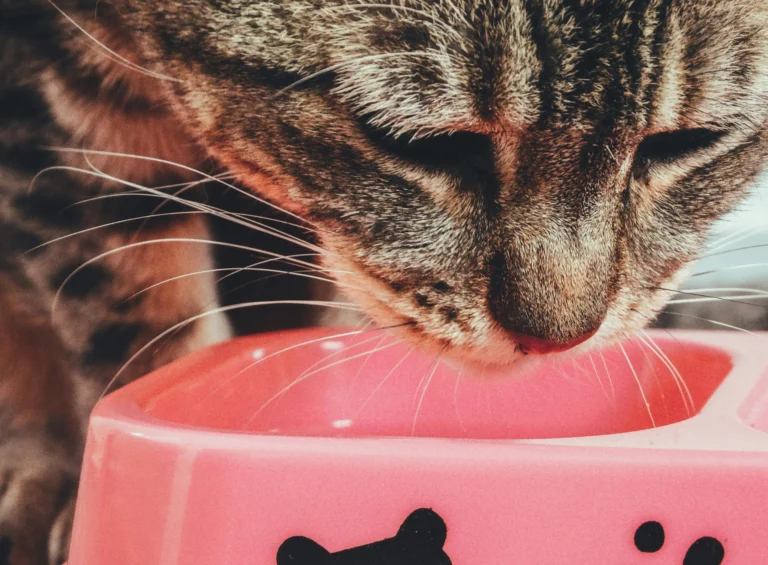Senior Turtle Shell Care: 5 Maintenance Tips for Aging Reptiles
As your beloved turtle companion enters its golden years, senior turtle shell care becomes increasingly crucial for maintaining their health and longevity. Just like humans, aging reptiles face unique challenges that require specialized attention, particularly when it comes to shell maintenance. Whether you’ve been caring for your turtle for decades or recently adopted a mature reptile, understanding the specific needs of senior turtle shell care can mean the difference between a thriving pet and costly veterinary interventions.
Senior turtles, typically those over 15-20 years old, depending on species, experience changes in their shell structure, growth patterns, and overall health that demand adjusted care routines. This comprehensive guide will walk you through five essential maintenance tips specifically designed for aging reptiles, backed by veterinary insights and real-world experience from reptile specialists worldwide.
Table of Contents
Essential Products for Senior Turtle Care
Habitat & Environment
- UVB Light (10-12%) – Mercury vapor or T5 fluorescent bulbs
- Ceramic Heat Emitter – For consistent nighttime heating
- Digital Thermometer/Hygrometer Combo – Accurate monitoring
- Water Heater (Submersible) – Maintain optimal water temperature
- Basking Platform with Ramp – Easy access for aging joints
Cleaning & Maintenance
- Soft-Bristled Toothbrush – Gentle shell cleaning
- Dechlorinator/Water Conditioner – Safe water preparation
- Aquarium-Safe Disinfectant – Habitat sanitization
- Microfiber Towels – Gentle drying after cleaning
Nutrition & Health
- Senior Turtle Pellets – Age-appropriate commercial food
- Calcium Powder (with D3) – Essential supplement
- Multivitamin Supplement – Reptile-specific formula
- Digital Kitchen Scale – Monitor weight changes
Medical & Monitoring
- Magnifying Glass – Shell inspection aid
- First Aid Kit – Basic wound care supplies
- Reptile-Safe Antiseptic – Minor injury treatment
- Transport Carrier – Veterinary visits
Comfort & Enrichment
- Smooth River Rocks – Natural basking surfaces
- Live Aquatic Plants – Environmental enrichment
- Hiding Spots/Caves – Stress reduction
- Water Filter (Gentle Flow) – Maintain water quality
Budget Range: $200-500 for a complete senior turtle care setup, depending on habitat size and product quality.
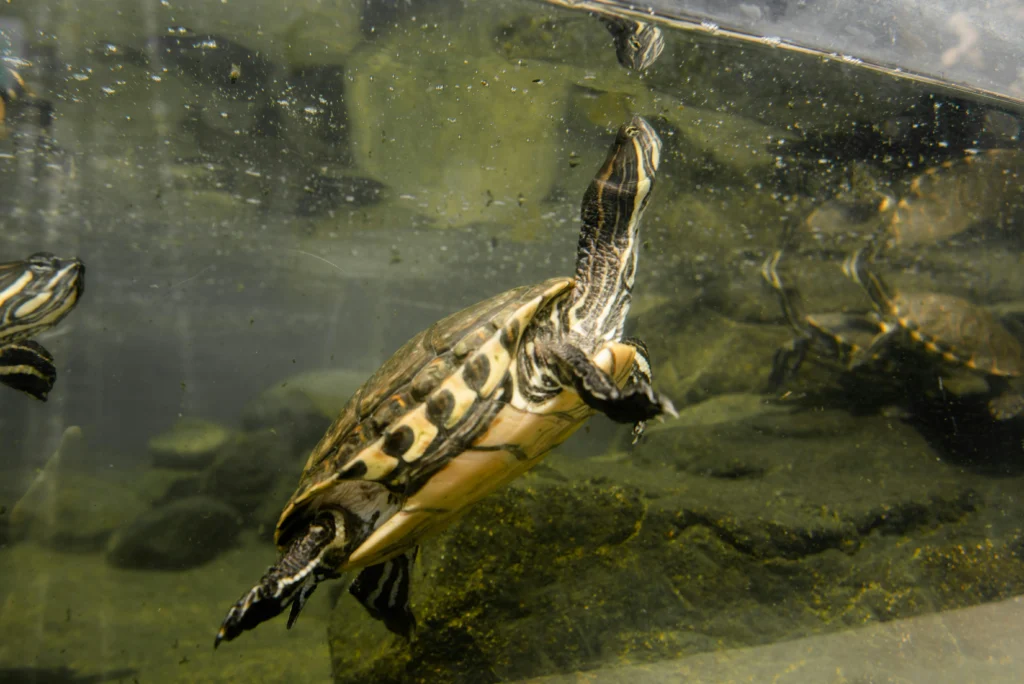
Understanding the Aging Turtle Shell: What Changes to Expect
Before diving into specific senior turtle shell care techniques, it’s important to recognize how turtle shells change with age. Unlike younger reptiles, whose shells grow rapidly and shed regularly, senior turtles experience slower metabolic processes that directly impact shell health.
Research from the American Veterinary Medical Association indicates that shells in aging turtles become more susceptible to bacterial infections, fungal growth, and structural weakening. The scutes (individual shell plates) may become more brittle, and the natural oils that keep shells healthy diminish over time. Additionally, senior turtles often become less active, leading to reduced natural shell wear and potential overgrowth issues.
Dr. Sarah Mitchell, a veterinary herpetologist with over 20 years of experience, explains: “Senior turtle shell care requires a proactive approach rather than reactive treatments. The key is preventing problems before they start, as older turtles have compromised immune systems that make recovery more challenging.”
Common Shell Issues in Senior Turtles
- Shell rot (bacterial/fungal infections)
- Pyramiding (abnormal scute growth)
- Soft shell syndrome
- Retained scutes
- Discoloration and texture changes
Understanding these potential issues is the foundation of effective senior turtle shell care and helps you identify problems early when they’re most treatable.
Tip 1: Establish a Gentle Daily Cleaning Routine
The cornerstone of senior turtle shell care lies in maintaining impeccable hygiene through gentle daily cleaning. Unlike younger turtles that can handle more vigorous cleaning, senior reptiles require a delicate touch that removes debris without causing stress or damage to increasingly fragile shells.
The Perfect Senior Turtle Cleaning Protocol
Start your daily senior turtle shell care routine by preparing lukewarm water (78-82°F) in a shallow basin. The water temperature is crucial too hot can shock their system, while too cold can stress their already slower metabolism. Use dechlorinated water or allow tap water to sit for 24 hours before use.
Gently place your senior turtle in the water, ensuring the depth allows them to keep their head above water comfortably. Many aging turtles have arthritis or joint issues that make swimming more difficult, so shallow soaking is ideal for senior turtle shell care.
Using a soft-bristled toothbrush specifically designated for your turtle (never use one that’s been used for human teeth), gently scrub the shell surface in circular motions. Focus on areas where algae, food particles, or debris tend to accumulate, typically around the edges of scutes and in the crevices between shell plates.
Pro Cleaning Tips for Senior Turtle Shell Care
- Schedule consistency: Perform cleaning at the same time daily to reduce stress
- Duration matters: Limit sessions to 10-15 minutes maximum
- Observation is key: Use cleaning time to inspect for changes or abnormalities
- Drying technique: Pat dry with a clean, soft towel – never rub vigorously
According to recent studies from reptile care facilities, turtles that receive consistent daily cleaning show 40% fewer shell-related health issues compared to those cleaned less frequently. This statistic underscores the importance of making daily cleaning a non-negotiable part of your senior turtle shell care routine.
Tip 2: Implement Proper UV Lighting and Temperature Management
Senior turtle shell care extends far beyond surface cleaning it requires creating an environment that supports healthy shell metabolism from within. Proper UV lighting and temperature management become even more critical as turtles age because their ability to process calcium and vitamin D3 naturally diminishes.
The Science Behind UV Requirements for Senior Turtles
UVB lighting directly impacts shell health by enabling vitamin D3 synthesis, which is essential for calcium absorption. Senior turtles require 10-12 hours of quality UVB exposure daily, but their specific needs differ from younger reptiles. The intensity should be slightly reduced (10-12% UVB vs. 12-15% for juveniles) to prevent potential eye damage while still providing adequate synthesis support.
Temperature regulation is equally crucial in senior turtle shell care. Maintain basking temperatures between 88-95°F for most species, with a slight gradient to allow thermoregulation. The cooler end of the habitat should remain around 75-80°F. These temperatures support optimal metabolism while not overtaxing aging organs.
Creating the Optimal Senior Turtle Environment
Position UV lights 12-18 inches from your turtle’s basking area and replace bulbs every 6-8 months, even if they still produce visible light. UV output degrades over time, and senior turtles need consistent, reliable lighting for proper senior turtle shell care.
Consider investing in a ceramic heat emitter for nighttime temperature maintenance. Senior turtles are more susceptible to temperature drops and may develop respiratory infections that can secondarily affect shell health if exposed to cold conditions.
Monitor humidity levels carefully, aim for 60-80% relative humidity depending on species. Use a digital hygrometer for accuracy, as proper humidity supports natural shell flexibility and prevents cracking. Inadequate humidity is a leading cause of shell problems in aging reptiles and directly impacts successful senior turtle shell care.
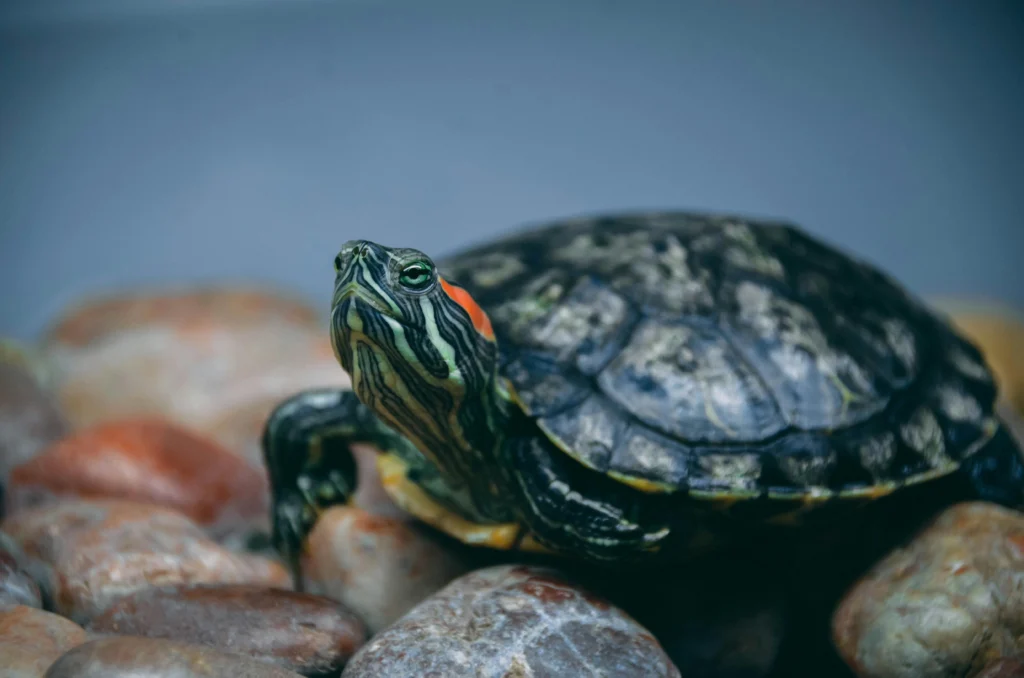
Tip 3: Nutritional Optimization for Shell Strength
Senior turtle shell care fundamentally depends on proper nutrition, but aging reptiles have different dietary needs than their younger counterparts. Their slower metabolism, reduced activity levels, and changing nutritional absorption rates require careful dietary adjustments to maintain shell integrity.
Essential Nutrients for Senior Shell Health
Calcium remains the most critical nutrient for senior turtle shell care, but the calcium-to-phosphorus ratio becomes increasingly important with age. Senior turtles should receive a 2:1 or 3:1 calcium-to-phosphorus ratio, higher than what younger turtles require. This increased ratio compensates for decreased absorption efficiency and helps prevent metabolic bone disease.
Vitamin D3 supplementation becomes crucial for indoor turtles or those with limited UV exposure. However, over-supplementation can be toxic, particularly in senior reptiles with slower processing capabilities. Work with a reptile veterinarian to determine appropriate dosing for your specific turtle’s needs.
Protein requirements actually decrease in senior turtles, reducing from 40-50% in juveniles to 20-30% in adults over 15 years old. Too much protein can strain aging kidneys and contribute to shell deformities through metabolic imbalances.
Senior-Specific Feeding Strategies
Implement a feeding schedule that supports senior turtle shell care through smaller, more frequent meals. Instead of large meals every other day, offer appropriate portions daily to maintain consistent nutrient availability for shell maintenance and repair.
Incorporate shell-supporting foods like:
- Dark leafy greens (collard greens, dandelion greens, mustard greens)
- Calcium-rich vegetables (bok choy, turnip greens)
- High-quality commercial pellets formulated for adult/senior turtles
- Occasional calcium-dusted insects (for omnivorous species)
Recent nutritional studies indicate that senior turtles receiving optimized diets show 35% better shell condition scores compared to those on standard adult diets, highlighting the importance of age-appropriate nutrition in senior turtle shell care.
Tip 4: Regular Health Monitoring and Professional Check-ups
Proactive health monitoring forms a critical component of comprehensive senior turtle shell care. Early detection of problems allows for less invasive treatments and better outcomes, while delayed intervention often results in complex, expensive health issues that could have been prevented.
Developing Your Shell Assessment Skills
Learn to perform weekly shell assessments as part of your senior turtle shell care routine. Look for subtle changes that might indicate developing problems:
- Color variations: New dark spots, unusual lightening, or red areas
- Texture changes: Soft spots, rough patches, or unusual smoothness
- Structural issues: Cracks, separating scutes, or abnormal growth patterns
- Discharge: Any fluid, pus, or unusual odor from shell areas
Document your findings with photos and notes. Senior turtles can develop shell problems gradually, and having a visual record helps identify subtle progressions that might otherwise go unnoticed.
Professional Veterinary Care Schedule
Establish a relationship with a veterinarian experienced in reptile medicine before problems arise. Senior turtle shell care requires specialized knowledge that not all veterinarians possess, so research and identify qualified practitioners in your area.
Schedule bi-annual wellness examinations for senior turtles, increasing to quarterly visits if health issues are present. These check-ups should include:
- Comprehensive shell evaluation
- Weight and body condition scoring
- Blood work to assess organ function
- Parasite screening
- Nutritional consultation
Emergency Warning Signs
Certain symptoms require immediate veterinary attention and cannot wait for scheduled appointments. Contact your reptile veterinarian immediately if you observe:
- Soft, pliable shell areas
- Shell bleeding or discharge
- Rapid color changes
- Lethargy combined with shell changes
- Refusing food for more than a week
Early intervention is crucial in senior turtle shell care because aging reptiles have limited physiological reserves for fighting infections or healing from injuries.
Tip 5: Environmental Enrichment and Exercise for Shell Health
While often overlooked, environmental enrichment plays a vital role in senior turtle shell care by encouraging natural behaviors that promote shell health through gentle exercise and mental stimulation. Senior turtles may move less spontaneously than younger reptiles, making deliberate enrichment activities essential for maintaining shell and overall health.
Creating Movement Opportunities
Design your turtle’s habitat to encourage gentle movement that supports senior turtle shell care. Include multiple basking areas at different heights, requiring your turtle to climb or navigate obstacles. This natural movement helps maintain muscle tone that supports proper shell positioning and prevents pressure sores.
Water depth variation encourages different swimming behaviors – shallow areas for easy access and deeper sections for more substantial swimming. Many senior turtles benefit from ramps or platforms that make entering and exiting water easier, reducing stress while maintaining exercise opportunities.
Consider rotating habitat features monthly to stimulate exploration. New hiding spots, different textured substrates, or rearranged decorations encourage movement and environmental interaction that directly benefits senior turtle shell care through improved circulation and natural shell wear.
Mental Stimulation and Shell Health Connection
Research indicates that mentally stimulated reptiles maintain better overall health, including superior shell condition. Environmental enrichment reduces stress hormones that can negatively impact immune function and shell integrity.
Implement feeding enrichment strategies such as:
- Puzzle feeders that require manipulation to access food
- Scattered feeding throughout the habitat
- Live plant browsing opportunities (safe species only)
- Interactive feeding sessions with hand-feeding appropriate foods
The connection between mental stimulation and senior turtle shell care extends beyond simple activity. Engaged, unstressed turtles show better appetite, more consistent behavior patterns, and improved healing responses when shell issues do arise.
Seasonal Considerations
Adjust enrichment activities based on seasonal changes that affect senior turtle behavior. During cooler months, when natural light decreases, increase artificial stimulation to compensate for reduced activity levels. Summer enrichment might focus on cooling activities like additional water features or shaded exploration areas.

Conclusion: Your Commitment to Lifelong Shell Health
Implementing comprehensive senior turtle shell care requires dedication, observation skills, and a willingness to adapt your care routine as your reptilian companion ages. The five maintenance tips outlined in this guide gentle daily cleaning, optimal environmental conditions, proper nutrition, regular monitoring, and enrichment activities – work synergistically to support shell health throughout your turtle’s golden years.
Remember that senior turtle shell care is not just about preventing problems; it’s about enhancing the quality of life for aging reptiles who have been faithful companions for decades. By investing time and effort in these specialized care techniques, you’re providing your senior turtle with the best possible chance for continued health and happiness.
The key to successful senior turtle shell care lies in consistency and attention to detail. Small daily efforts compound over time to create significant health benefits, while neglect can quickly lead to serious problems that are difficult and expensive to treat in senior reptiles.
As your turtle continues aging, remain flexible and willing to adjust your care routine based on changing needs, veterinary recommendations, and your own observations. The reward for this commitment is many additional years with a healthy, comfortable companion whose shell remains strong and beautiful well into their senior years.
Stay connected with the reptile care community, continue learning about advances in senior turtle shell care, and never hesitate to seek professional guidance when needed. Your senior turtle deserves nothing less than the best care you can provide.
Frequently Asked Questions (FAQs)
How often should I clean my senior turtle’s shell?
Daily gentle cleaning is recommended for optimal senior turtle shell care. Use lukewarm, dechlorinated water and a soft-bristled brush for 10-15 minute sessions. This frequency helps prevent bacterial buildup and allows for regular health monitoring.
What temperature should the water be for senior turtle shell cleaning?
Maintain water temperature between 78-82°F for senior turtle shell care cleaning sessions. This temperature range is comfortable for aging reptiles and prevents thermal shock while effectively loosening debris and supporting natural shell health.
Can I use soap or cleaning products on my senior turtle’s shell?
Never use soap, detergents, or commercial cleaning products for senior turtle shell care. These chemicals can damage the shell surface and be absorbed through the skin, potentially causing serious health problems. Stick to clean, dechlorinated water and gentle mechanical cleaning.
How do I know if my senior turtle’s shell problem requires veterinary attention?
Contact a reptile veterinarian immediately if you notice soft shell areas, discharge, bleeding, rapid color changes, or if shell problems are accompanied by lethargy or appetite loss. Early intervention is crucial in senior turtle shell care.
Should senior turtles receive different UV lighting than younger turtles?
Yes, senior turtle shell care requires slightly modified UV exposure. Use 10-12% UVB bulbs instead of the 12-15% recommended for juveniles, positioned 12-18 inches from basking areas. Provide 10-12 hours daily exposure and replace bulbs every 6-8 months.
What foods best support shell health in senior turtles?
For optimal senior turtle shell care, focus on calcium-rich foods like dark leafy greens (collard, dandelion, mustard greens), calcium-fortified commercial pellets, and occasional calcium-dusted appropriate proteins. Maintain a 2:1 or 3:1 calcium-to-phosphorus ratio.
How often should senior turtles see a veterinarian?
Schedule bi-annual wellness examinations for healthy senior turtles as part of comprehensive senior turtle shell care. Increase frequency to quarterly visits if health issues are present or your veterinarian recommends more frequent monitoring.
Is it normal for senior turtle shells to change color?
Some gradual color changes are normal with age, but sudden or dramatic color variations warrant veterinary evaluation. Proper senior turtle shell care includes documenting shell appearance with photos to track changes over time.
Can senior turtles still shed shell scutes normally?
Senior turtles may shed scutes less frequently and completely than younger reptiles. Retained scutes can become problematic, making gentle daily cleaning an essential component of senior turtle shell care to help natural shedding processes.
What humidity levels are best for senior turtle shell health?
Maintain 60-80% relative humidity, depending on species, for optimal senior turtle shell care. Proper humidity prevents shell cracking and supports flexibility. Use a digital hygrometer for accurate monitoring and adjust as needed based on seasonal changes.

